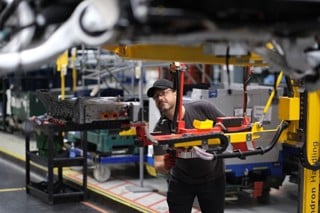Since April 2009 new rules designed to incentivise lower CO2 company cars were introduced that have a direct impact on companies’ bottom lines.
Outright purchase fleets running cars with CO2 emissions higher than 160g/km will gain a writing down allowance of 10 per cent of the values of those cars.
As the car reduces in value over time, the amount companies are able to claim back falls. However, vehicles with CO2 emissions between 111g/km and 160g/km are given double the allowance at 20 per cent, allowing companies to reclaim the cost of those vehicles more quickly.
Any car with CO2 emissions up to 110g/km give companies running them a 100 per cent writing down allowance in the first year. Thereafter it switches to 20 per cent. For companies that lease their cars, a similar system will apply.
A company will be able to offset 100% of the qualifying part of the lease against profits if the vehicle emits 160g/km or less. It will only be able to offset 85% (as there is a 15% disallowance) if the vehicle emissions are any higher.
For all the key considerations when choosing your method of vehicle acquisition (link to main story in ‘Funding and Leasing’ section saved as ‘tax changes and fleet funding’)
Click here to download 'Fleet Companies and Refunds of VED' by the Department of Transport



















Login to comment
Comments
No comments have been made yet.